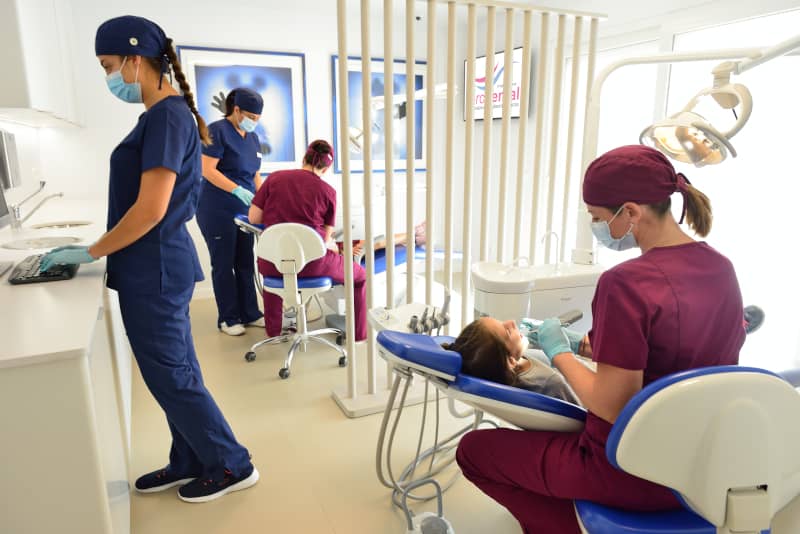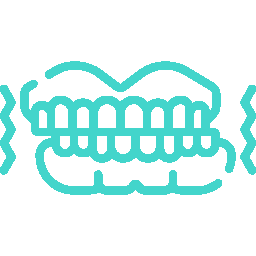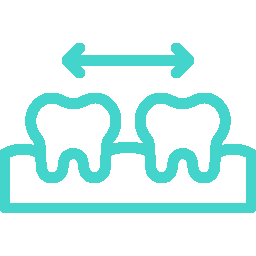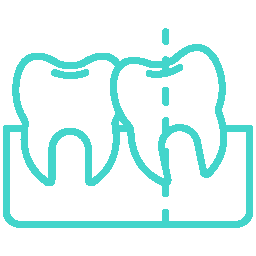Self-ligating, metal and aesthetic braces.
Treatments to ensure healthy teeth and gums in babies, children and adolescents.
Do you want to improve the position and alignment of your teeth?
Do you want to solve your orthodontic problem?
Ask us for an appointment with free check-up and diagnosis
Whether you want to start treatment or request information, you are in the right place. Leave us your details and we will contact you within three hours.

What are self-ligating brackets?
Self-ligating brackets are a fixed orthodontic system that does not use rubber bands and ligatures that traditionally attach metal brackets to your archwire. The passive self-ligating system transmits the force of the (smaller) brackets to the tooth. To do this, it has a built-in clip that allows you to hold the archwire and exert the necessary tension to guide the micromovement.
Thanks to this clip system, not only is better friction achieved, which reduces the possibility of chafing the soft tissues of the mouth, but also reduces the time required for check-ups at the clinic, as it is no longer necessary to replace ligatures and rubber bands. The absence of these elements also makes it easier to carry out oral hygiene, as the bracket does not have so many nooks and crannies.
Who can use self-ligating brackets and what for?
The self-ligating system is suitable for adults as well as children and adolescents. The malocclusion and malposition problems it can treat are:
What materials can self-ligating brackets be made of?
Although there are different brands of self-ligating brackets on the market, the best known is the Damon System, which has the advantage of having two options for patients who wish to wear this type of orthodontics to correct their problem of dental malposition and malocclusion:
- Metal: generally self-ligating brackets are made of metal, it is more similar to the traditional system and, therefore, also the most economical option. But as we have mentioned, the brackets are considerably smaller, which is why many patients feel equally comfortable with their use.
- Transparent ceramic: on the other hand, there is also this option of aesthetic self-ligating brackets, the Damon Clear, made of a ceramic material that blends in with the colour of the tooth and goes much more unnoticed than the metal brackets, but achieving exactly the same results.
Phases of orthodontic treatment with the Damon System.
Specialists in Orthodontics in Mallorca
Dra. Cristina Martínez-Almoyna Rifá
Certified specialist in Invisalign and straight arch.
Bachelor's degree in Dentistry, Master's degree in Orthodontics and postgraduate degree in Paediatric Dentistry. Certified specialist in Invisalign and straight arch.








